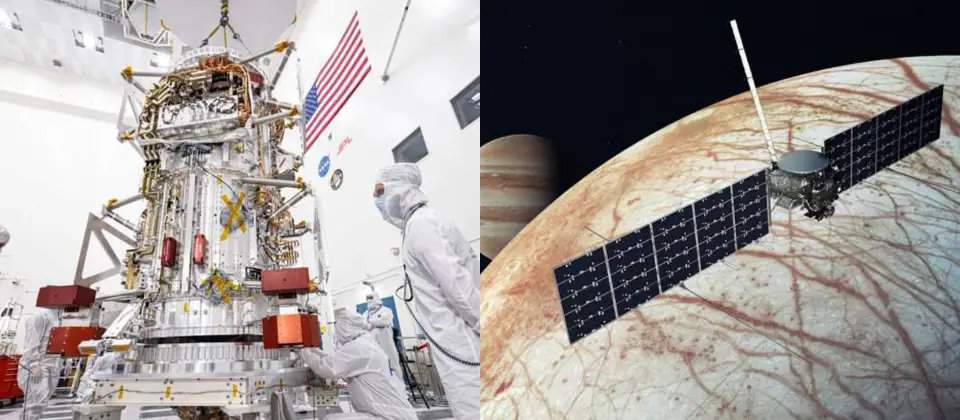Researchers recently spotted a neutron star with unique magnetic field ejecting its energy more sluggishly than other discovered neutron stars. Scientists classify this newly spotted object as a unique type of neutron star identified as magnetar stars. Unlike other neutron stars that pump out energy at an interval ranging from a few seconds to a few minutes, this newly spotted stellar remnant blasts out radio waves following a 22-minute interval. Astronomers were astonished as they have never seen anything like this before.
What You Should Know About the Mysterious Slow Neutron Star
The newly found magnetar type of neutron star is named GPM J1839-10. It was discovered at about 15,000 light-years from Earth within the Scutum constellation. Based on the observations conducted on this stellar remnant, astronomers concluded that GPM J1839-10 is the longest-period magnetar ever seen. The researchers believed that the newly spotted neutron star will surely challenge our current understanding of dead stars.
“This remarkable object challenges our understanding of neutron stars and magnetar stars, which are some of the most exotic and extreme objects in the universe,” research lead author Natasha Hurley-Walker, an astronomer at Curtin University in Australia, said in a statement.
Scientists have discovered that not every magnetar stars pump out radio waves or spin at a faster rate. When the age of neutron stars increases, they tend to lose their angular momentum and slowdown in rotation. This effect significantly weakens their magnetic field. Older magnetars have inherited extremely weak magnetic fields to even generate high-energy emissions that reaches the threshold called the deathline.
How Neutron Stars are Formed
Every stellar remnant ever discovered came into existence when gigantic stars reach the end of their lives. As these massive stars run out of fuel for nuclear fusion, the stars find it challenging to balance themselves against the internal force created by their own gravity. These challenges make the core within these stars to collapse. This collapsing effect makes the outer layers of the stellar objects to generate huge supernova explosions.
Scientists reveal that the collapsing effect makes the stellar core alongside a mass surrounding the sun to crush down into a width smaller than the diameter of about 12 miles (19 kilometers). This estimate is about the size of a city on our home planet. The matter of the stellar remnant will become so dense after the crush that if a spoon of it were returned to Earth, it would weigh about 1 billion tons.
The massive reduction in diameter makes the newly born neutron star to boost with its rate of rotation causing it to spin as fast as 700 times per second. This incredible rotation speed will be accommodated in the most energetic magnetic fields in the Universe which is 10 trillion times more sophisticated than the magnetosphere of Earth. Because of the nature of neutron stars, Scientists consider them to be special.
How the Team Conducted the study on this unique type of magnetar stars
The team behind the discovery commenced their research when they study the skies with the Murchison Widefield Array (MWA). The MWA is a radio telescope in the outback of Western Australia between July and September 2022. They conducted followed up observation with three CSIRO (Commonwealth Scientific and Industrial Research Organisation) radio telescopes in Australia, the MeerKAT radio telescope in South Africa, the Grantecan (GTC) 10-meter telescope and Europe’s XMM-Newton space telescope.
As soon as Hurley-Walker and his team found out that the actual coordinates of GPM J1839-10, they will begin to source for archival data from world’s best radio telescopes to know if the magnetar star have been spotted before.
“It showed up in observations by the Giant Metrewave Radio Telescope (GMRT) in India, and the Very Large Array (VLA) in the USA had observations dating as far back as 1988,” the Curtin University researcher said. “That was quite an incredible moment for me. I was five years old when our telescopes first recorded pulses from this object, but no one noticed it, and it stayed hidden in the data for 33 years.”
The team of researcher will continue to probe GPM J1839-10 focusing on unlocking the mysteries of the magnetar stars.
Why the discovery of the slow magnetar star is challenging our view of neutron stars in general
The scientists that came up with this new study reveals that GPM J1839-10 is rotating at a slower speed. This implies that the neutron star belongs to the class of older magnetars. Hence, it has an extremely weak magnetic field that is not powerful enough to create radio waves. This implies that GPM J1839-10 is below the death line because its activeness.
“Assuming it’s a magnetar, it shouldn’t be possible for this object to produce radio waves. But we’re seeing them. And we’re not just talking about a little blip of radio emission,” Hurley-Walker said. “Every 22 minutes, it emits a five-minute pulse of radio wavelength energy, and it’s been doing that for at least 33 years. Whatever mechanism is behind this is extraordinary.”
Scientists marvel at the existence of GPM J1839-10 as shows that it may belong to a new group of death stars which generally challenges our understanding of neutron stars. The researchers behind the discovery were not so sure of their findings at first. They thought that the stellar object was strange transient object that would occasionally surface and vanishes as it emits powerful beams of energy about three times per hour. However, further observation enabled them to see the real nature of the star.
“We were stumped,” Hurley-Walker explained. “So, we started searching for similar objects to find out if it was an isolated event or just the tip of the iceberg.”
The scientists’ research was published on July 19 in the Journal Nature.
Conclusion
Magnetar stars are one of the unique types of neutron stars that fascinates our astronomers. Scientists are hoping to conduct more studies to improve our understanding of slow neutron stars. What do you think about this discovery?




